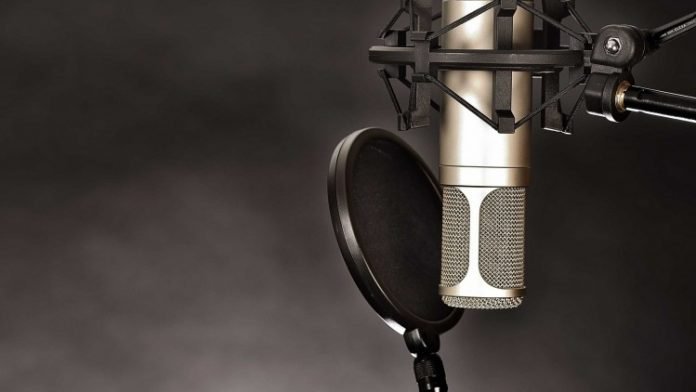According to a new report released by the International News Media Association (INMA) and the data here, the fusion of podcasts and smart speakers is fueling a rise in voice-based audience engagement and revenue opportunities at news media companies.
‘Audio Opportunities for News Media’ examines the current and short-term future opportunities of audio content. INMA leads the news media industry in the emerging fields of content economics and digital subscriptions, and audio content appears destined to be a pillar of both.
The news industry’s interest in audio content by following the lead of audience content preferences and smart speaker sales can be seen in a variety of ways in news media companies all over the world. The opportunities in audience and advertising are starting at the top-tier global companies, but smaller publishers are dabbling in them as well. Robert Loewenthal, founder of the Sydney-based Whooshkaa Technology Platform, is the author of the report. To complement Loewenthal’s narrative, Dawn McMullan, senior editor, INMA has added case studies from five news media companies, including Financial Times, The New York Times, NWZ Media, De Standaard, and El País.
As per the report’s findings, companies will continue to embrace voice technology because it creates a direct connection with audiences in their homes. The time to make money from audio advertising is limited. Like digital news, audio eventually will become an audience-based business model. As is often the case, news media companies are in a prime position to benefit from the audio trend because they have so much content. According to the research, younger consumers listen to podcasts more than the radio. Audiences with smart speakers use their smartphones less, read newspapers and magazines less frequently, listen to less radio, and watch less TV. Audio is everything video hasn’t been for the media industry as it is cheap, easy for journalists to grasp, and easily fits into the consumer’s life at so many points.
The INMA report focuses on audience data showing the quick adaptation of news audiences to audio, as well as the advertisers following their lead. The report also delves into the dangers for news media companies from Google, which is working on its own audio news service. In addition, Loewenthal offers his predictions on what the next year or two bring in the audio space.
“One thing is for sure,” Loewenthal writes. “News media companies need to take live news and sport seriously. They have the delivery platforms and production capability to cover it better than anyone else. People don’t switch on a podcast to find out about who’s winning the game or breaking news stories. Live content means traditional media still has an edge.”
Earl J Wilkinson, executive director and chief executive officer of INMA, says, “’Audio Opportunities for News Media’ is the first major association foray into the fast-emerging world of voice tech – covering podcasts, smart speakers, and the management layers behind these pillars. INMA aims to deeply explore the audience engagement and revenue opportunities behind audio as we see this as fast-rising space for news media companies in the next year.”


















